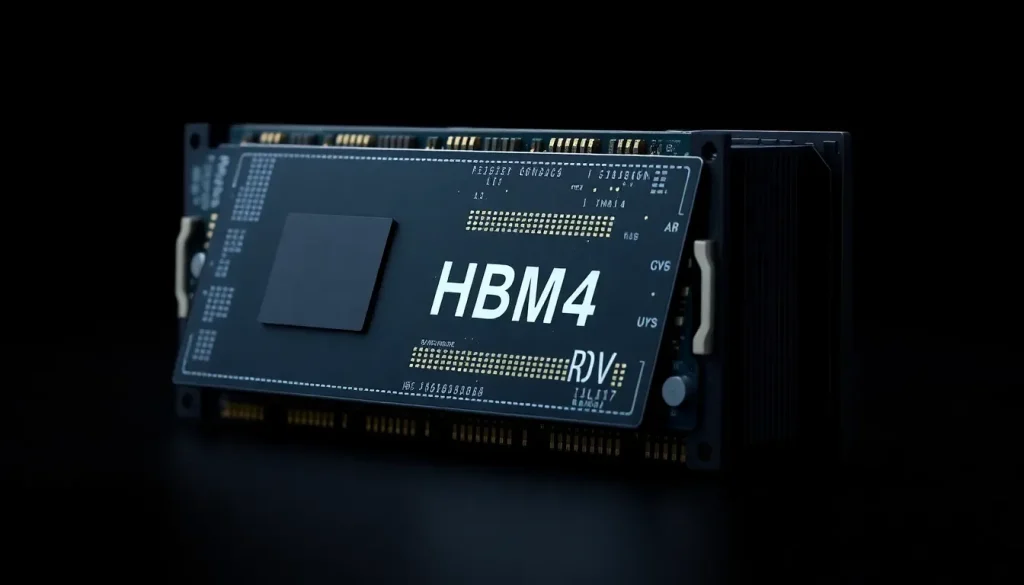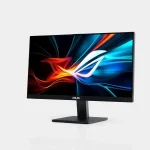Mi450 with Samsung HBM4 Memory Chips Explained

In the ever-evolving landscape of artificial intelligence and high-performance computing, AMD has positioned itself at the forefront of technological advancements. The recent announcement regarding the MI450 graphics card has stirred substantial interest, especially with its anticipated features and specifications. This article explores the implications of AMD's collaboration with Samsung and what it means for the future of AI accelerators.
What is the MI450 and its significance in the AI sector?
The MI450 is AMD's latest graphics card designed specifically for artificial intelligence workloads. As AI continues to gain traction across various industries, the demand for powerful GPUs has never been greater. The MI450 is expected to serve as a cornerstone in AMD's strategy to capture a significant share of the AI market.
With the integration of cutting-edge technology, the MI450 aims to provide exceptional performance and efficiency. This card is not just another entry in the GPU race; it represents AMD's commitment to advancing AI capabilities. The partnership with OpenAI highlights the growing reliance on advanced hardware to power AI applications, making the MI450 a key player in the ecosystem.
Technical specifications of the MI450
AMD has revealed exciting details about the MI450, particularly regarding its memory and processing capabilities. This GPU will utilize Samsung's new HBM4 memory chips, which are anticipated to offer several advantages:
- Massive Memory Capacity: Up to 432 GB of HBM4 memory.
- Incredible Bandwidth: An astonishing 19.6 TB/s, which is critical for data-intensive AI tasks.
- High Performance: Rumored performance figures suggest up to 20 PFLOPS in FP8 and 40 PFLOPS in FP4.
- Efficient Cooling Solutions: Options for air and liquid cooling to maintain optimal performance.
These specifications highlight the MI450's potential to handle the most demanding AI workloads, setting a new standard for what can be achieved in this arena.
Production and Manufacturing Insights
The production of the MI450 is expected to be handled by TSMC, utilizing a state-of-the-art 2 nm manufacturing process. This advanced fabrication technology will allow AMD to maximize performance while minimizing power consumption. However, it is important to note that the power requirements for the MI450 are projected to be quite high, with a peak consumption of around 1400W.
As AMD ramps up production, it is anticipated that the initial batch of GPUs will be supplied rapidly, catering to the surging demand from AI-centric companies and research institutions.
Cooling and Power Management
Given the significant power consumption of the MI450, effective cooling solutions are paramount. AMD is reportedly considering both air cooling and liquid cooling systems. This versatility will enable configurations that can support up to 128 GPUs, making the MI450 suitable for large-scale AI deployments.
In contrast to NVIDIA's NVLink for GPU interconnection, AMD is expected to utilize UALink, an open standard. This choice reflects AMD's commitment to fostering an ecosystem where interoperability and flexibility are prioritized, crucial for AI applications that require extensive GPU collaboration.
Market Implications and Competitive Landscape
AMD's assertive stance in the AI market is embodied in its declaration made on September 12, stating, "there's no excuse for choosing Team Red over NVIDIA in AI." This bold claim underscores AMD's confidence in the MI450 and its belief that the card outperforms NVIDIA's offerings in this domain.
The competition between AMD and NVIDIA is intensifying, particularly as AI technologies become increasingly integral to business operations and innovation. The MI450 is not just a product; it symbolizes a potential shift in market dynamics, challenging the long-standing dominance of NVIDIA in the GPU space.
Future Prospects and Community Reactions
The AI community is abuzz with anticipation regarding the MI450. Forums and social media platforms are filled with discussions about its potential capabilities and how it could reshape the landscape of AI computing. Insights from industry experts suggest that AMD's focus on innovation and performance could resonate well with developers and researchers alike.
Additionally, the collaboration with OpenAI adds a layer of credibility to AMD's efforts, as it aligns the MI450 with one of the most recognized names in AI research. The implications of this partnership could extend beyond hardware sales, potentially influencing software development tailored for AMD's architecture.
For a deeper look at how AMD is positioning itself against NVIDIA and to explore the broader implications of these developments, check out this insightful video:
Conclusion: The Dawn of a New Era in AI GPUs
The MI450 is poised to redefine the standards of performance and capability in the AI GPU market. With its impressive specifications, strategic partnerships, and innovative technology, AMD is sending a clear message: it is ready to compete head-to-head with NVIDIA. As AI continues to evolve, the MI450 may very well be the catalyst that propels AMD to new heights in the tech industry.




Leave a Reply